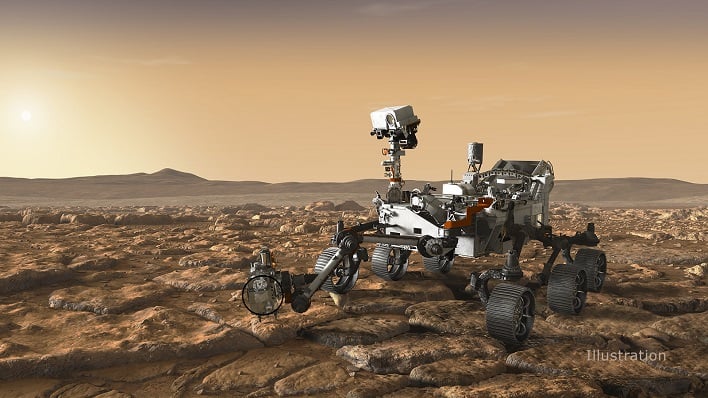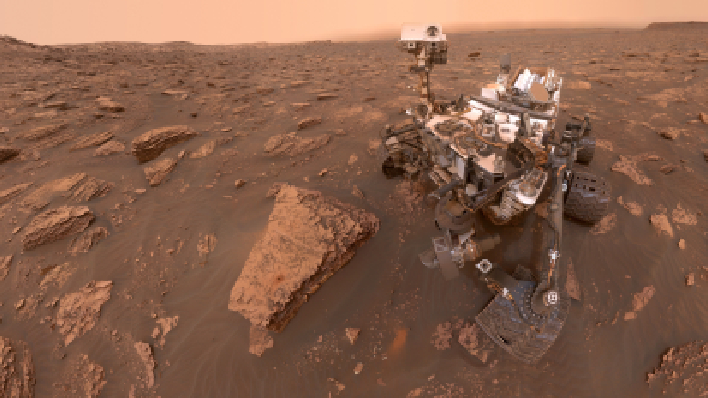AI Deemed The Holy Grail Of Astrobiology Can Detect Alien Life With 90% Accuracy.

NASA recently received an update from an independent review board that found several severe issues regarding the Mars Sample Return (MSR) mission effort. Some problems involve the mission's timetable, price tag, and technical details. Where this leaves the space agency in terms of a sample return is uncertain, but one thing that remains true is the monumental scientific promise the mission holds.
In a recent publication, a seven-member team led by Jim Cleaves and Robert Hazen of the Carnegie Institution for Science reported that their new AI-based method can distinguish modern and ancient biological samples from those of abiotic origin with 90 percent accuracy.
"This routine analytical method has the potential to revolutionize the search for extraterrestrial life and deepen our understanding of both the origin and chemistry of the earliest life on Earth," remarked Dr. Hazen. "It opens the way to using smart sensors on robotic spacecraft, landers and rovers to search for signs of life before the samples return to Earth."

"We'll need to tweak our method to match SAM's protocols, but it's possible that we already have data in hand to determine if there are molecules on Mars from an organic Martian biosphere," added Dr. Hazen.
Cleaves acknowledges that searching for extraterrestrial life is one of the most "tantalizing endeavors in modern science." He added that the innovative analytical method his team devised does not merely rely on identifying a specific molecule or group of compounds in a sample. Instead, the research demonstrated that AI can "differentiate biotic from abiotic samples by detecting subtle differences within a sample's molecular patterns as revealed by pyrolysis gas chromatography analysis, followed by mass spectrometry."

Dr. Hazen said of the team's AI-based method, "These results mean that we may be able to find a lifeform from another planet, another biosphere, even if it is very different from the life we know on Earth. And, if we do find signs of life elsewhere, we can tell if life on Earth and other planets derived from a common or different origin."

